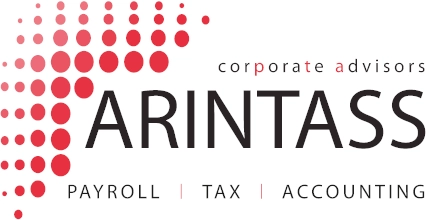The Objective Estimation Method, also known as the modules system, is a special regime for calculating the income of certain economic activities under the Personal Income Tax (IRPF).
This system simplifies the determination of net income by using specific indicators or modules (such as the number of employees, premises’ surface area, or electricity consumption) instead of actual income and expenses. It is primarily regulated by Article 31 of the IRPF Law and subsequent regulatory developments.
How does it work?
The objective estimation system aims to simplify the calculation of net income for certain taxpayers engaged in economic activities, particularly small business owners and self-employed workers.
Instead of determining actual business income by subtracting real expenses from real revenue, it is calculated by applying coefficients and objective parameters established annually in a Ministerial Order published in the Official State Gazette (BOE).
For example, if a bar operates under this regime, its taxable income will not depend on how many coffees it sells or the actual cost of supplies but rather on variables such as the number of tables, employees, or the premises’ surface area.
However, not all economic activities are eligible for the objective estimation method. Those that qualify are defined in tax regulations and are listed annually in the corresponding Ministerial Order. Generally, they include agricultural, livestock, and fishing activities, as well as small businesses such as:
- Retail trade
- Hospitality services
- Road transport
- Vehicle repair.
Additionally, there are certain limits and conditions, such as not exceeding a specific income or expense threshold.
While the objective estimation method simplifies accounting obligations, taxpayers must still maintain certain records to verify reported data. These include:
- A sales or income record book
- An investment assets record book.
Accounting regulations, such as the General Accounting Plan (GAP), establish the principles for recording these transactions, albeit adapted to the simplicity of this regime. Furthermore, compliance with tax requirements and the correct application of coefficients are verified through publications in the BOE.
How is it calculated?
Net income under the objective estimation method is calculated by applying coefficients and reductions to the specific modules for each activity. These parameters vary by sector and usually include:
- Premises’ surface area: Measured in square meters dedicated to the business activity
- Number of employees: Weighted based on the number and category of workers
- Energy consumption: A key indicator for industrial activities
- Material assets: Such as vehicles used in the business.
The applicable coefficients and potential reductions are outlined in the annual Ministerial Order.
Advantages and Disadvantages
| Advantages | Disadvantages |
| Administrative simplicity: Since it does not require detailed income and expense records, this system significantly reduces the administrative burden for small business owners and self-employed individuals | Disconnection from economic reality: In times of crisis or revenue downturn, taxpayers may face a tax burden that does not reflect their actual ability to pay |
| Fiscal certainty: Taxpayers can more accurately predict their annual taxation since it does not depend on fluctuations in actual earnings | System rigidity: The coefficients and parameters are general and may not be well suited to the specifics of some businesses |
| Reduced disputes with tax authorities: By relying on objective criteria, the likelihood of disagreements during inspections is minimized. | Restrictive limits: Exceeding certain income or expense thresholds excludes businesses from this regime, making long-term financial planning more challenging. |

